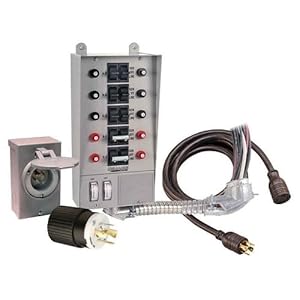Cooking Bacon With the George Foreman Grill Easy As 1, 2, EAT
As you know the George Foreman grill is an indoor (they're outdoor models) Cooking appliance that was made popular by the single mom with kids or the bachelor on the go. You can make everything from hamburgers to Fish in a matter of minutes, while cutting the fat and Cooking time in half!
Many people fail to be creative or just don't know that you can cook more than the traditional grilled Foods with the George Foreman and even cut major fat off of items that are normally known for high intake of calories, grease and fat. Thats where Foreman Grill Recipes come in handy, but is a very unknown aspect of the grilling machine. One that gets us every time, because its delicious, but very unhealthy is bacon.
Yes you can easily prepare bacon right out of your freezer or fridge on the George Foreman grill and squeeze all that unhealthy grease out at the same time leaving you with a crispy, healthier alternative to your normally fried bacon.
Without further waiting here's a quick recipe on how to prepare a better-bacon on your George Foreman grill at home:
Turn on your George Foreman Grill and place the dripping dish underneath it. The dish catches the fat during Cooking. (For best result thaw your bacon before placing on the George Foreman Place your bacon slices on the grill. Close the lid. Cook for three to four minutes Open the lid and turn the bacon slices over. Use tongs; the grill will be hot Cook for two or three more minutes depending on desired crispness Turn the grill off and open the lid. Remove bacon slices and serve
*Bonus Tip*
When you're done you can blot the bacon with a paper towel to get even more of the excess grease, but the dripping dish usually does a great Job of doing that.

